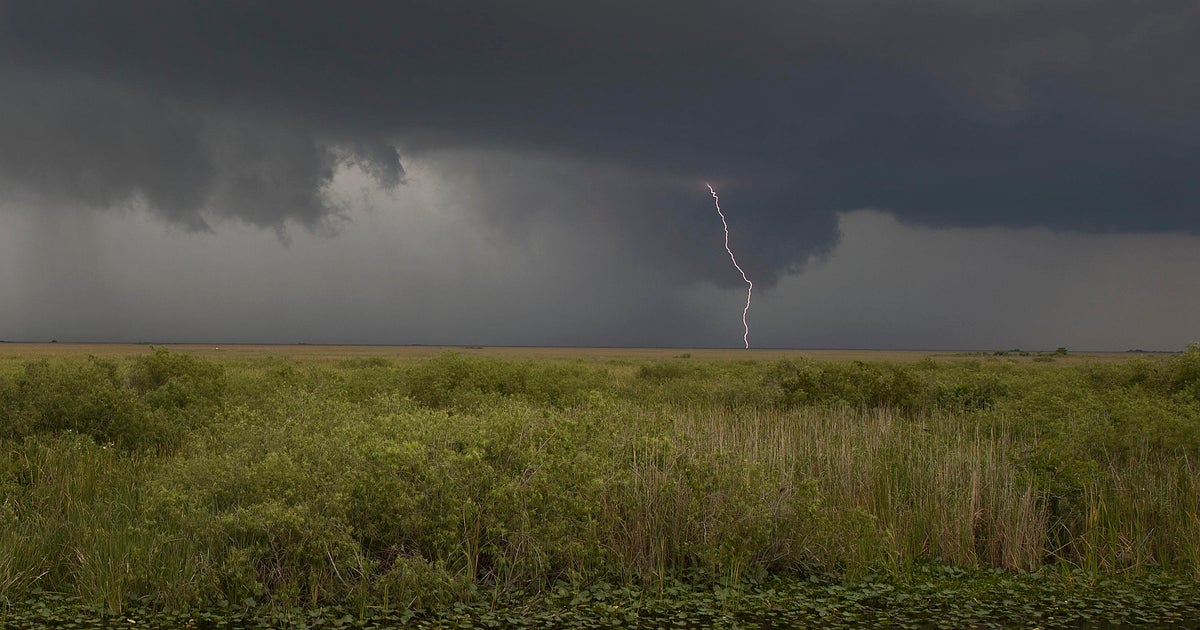Rare 'Ring Of Fire' Solar Eclipse Takes Place Thursday But Will You See It In South Florida?
Miami (CBSMiami) -- Just a few weeks after May's lunar eclipse, another very cool celestial event will take place on Thursday, June 10. This time it will be a solar eclipse called the "ring of fire."
"This is such a blazing name that catches our attention, and we absolutely need an explanation for why this solar eclipse is named like this," said CBS4 Meteorologist Jennifer Correa.
June 10th's solar eclipse is called the "ring of fire" because it is an 'annular solar eclipse.'
According to NASA, during an annular solar eclipse, the moon is positioned near or at apogee, which is the farthest point from Earth. At this point, the moon is so far away, it can't block the entire sun during the solar eclipse. So a thin, fiery ring is exposed during an annular solar eclipse. This type of eclipse is different than a total solar eclipse in which the entire sun is blocked, and no bright light is visible.
"It is important to point out that the word annular should not be confused by the word "annual" as the two words look similar in spelling. The word annular is used to describe something that is ring-shaped. Hence, the thin, fiery ring that is created during the annular solar eclipse," said Correa.
For this type of solar eclipse to occur or any solar eclipse for that matter, the phase of the moon must be a New Moon. In addition to this requirement, the earth, the moon, and the sun must be aligned in a straight line or nearly straight. Also, the moon must be located between the sun and the earth. And finally, for the annular solar eclipse to take place, the moon must be near or at apogee as previously explained.
So, will South Florida get to catch the fiery ring Thursday night?
"Well, I don't mean to take the solar flare out of this solar eclipse, but this special event will not be visible in South Florida," said Correa. "Just know that we're not alone because much of the United States won't be under the path of this solar eclipse."

However, a partial eclipse may be visible in the far northeast section of the U.S. like in Maine. But the people there must be early birds as the partial eclipse will occur early morning at 5:35 a.m. EDT. Some locations in Canada, the Arctic, Russia, and Greenland will get the full annular-solar-eclipse-shadow cast on them.
The timing of the entire "ring of fire" solar eclipse will occur between 4:12 a.m. and 9:11 a.m. local time on Thursday, June 10th.
Now to a critical note that must be mentioned, never look at the sun during any type of solar eclipse because it is dangerous to the eyes, and doing so can permanently damage them.
By the way, South Florida will have a visible partial eclipse in October of 2023.



